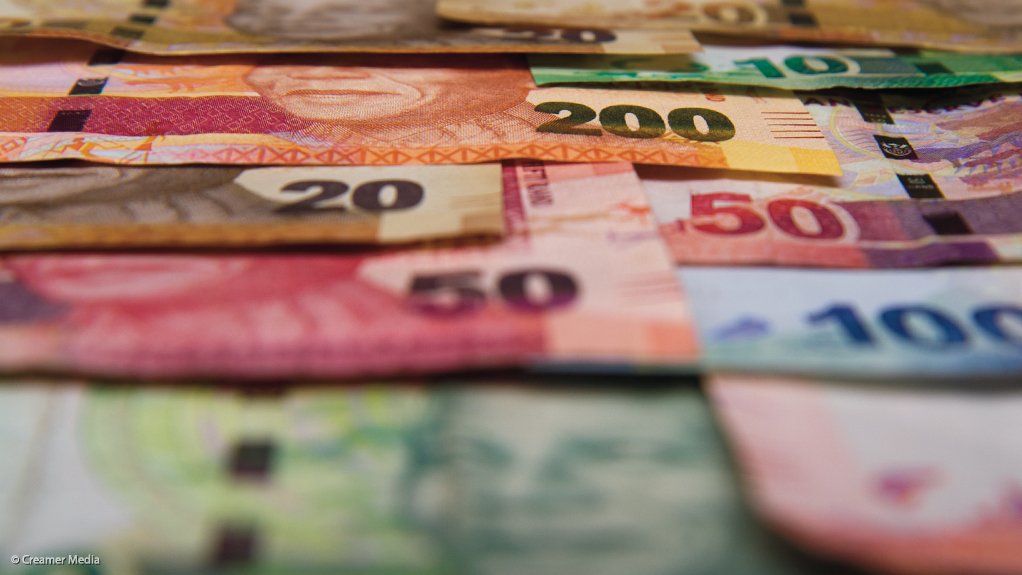The rand remained substantially weaker late on Monday after slumping to its worst level to date against the dollar — at R14 — amid global market routs and commodity price slumps after the Shanghai Composite closed more than 8% lower on the day‚ rattling investor nerves.
The rand hit its weakest level ever to the dollar early on Monday morning in Asian trade‚ amid a global commodity currency sell-off due to Chinese and global growth concerns.
Emerging market currencies began their retreat after China devalued its currency about two weeks ago. The situation has been worsened by impending interest rate hikes in the US‚ whose economy appears to be improving‚ according to recent labour statistics.
At 3.26pm the rand was at R13.3114 against the dollar from a previous close of R12.9682.
Against the euro the rand was at R15.5284 from a previous close of R14.7617. Against the pound‚ the rand was at R20.9937 from R20.3531.
The euro was at $1.1666 from $1.1381 previously.
Rand Merchant Bank currency trader Jim Bryson said there was chaos throughout global markets.
He said it all began with the Dow Jones closing substantially weaker on Friday‚ which had spilled over into Chinese trade this morning.
“The dollar is also not having a good day as there is a lot of uncertainty in the world. As a result of this the rand is under more pressure against the euro than the dollar. This is worsened by the fact that SA is a substantial commodity producer‚” Mr Bryson said.
The slump in the rand increased expectations that the South African Reserve Bank might hike interest rates again‚ when it meets in September‚ to curb the inflationary effects of the weak rand.
Locally‚ market participants are awaiting mining output and gross domestic product (GDP) data on Tuesday and producer price index numbers on Thursday.
Internationally‚ US GDP growth statistics for the second quarter are due on Thursday and US personal income and spending and core personal consumption expenditures inflation on Friday.
The Jackson Hole Symposium will begin on Friday morning.
The likelihood of the US Federal open market committee increasing rates in September appears to have diminished‚ as market declines have contributed to disinflationary concerns.
Market participants now expect that hike may be delayed until December‚ and perhaps even to some time early in 2016.
EMAIL THIS ARTICLE SAVE THIS ARTICLE
To subscribe email subscriptions@creamermedia.co.za or click here
To advertise email advertising@creamermedia.co.za or click here











